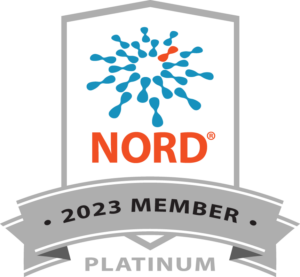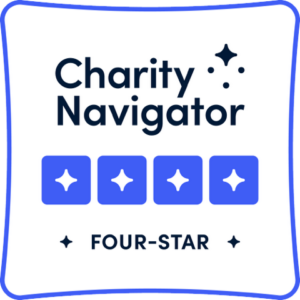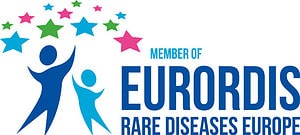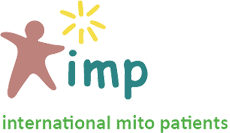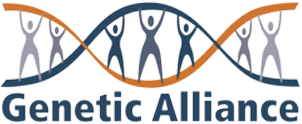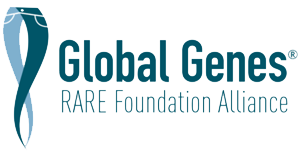“A family-centered medical home is not a building, house, hospital, or home healthcare service, but rather an approach to providing comprehensive primary care. In a family-centered medical home the pediatric care team (or adult care team) works in partnership with a child and a child’s family to ensure that all of the medical and non-medical needs of the patient are met. Through this partnership the pediatric care team (or adult care team) can help the family/patient access, coordinate, and understand specialty care, educational services, out-of-home care, family support, and other public and private community services that are important for the overall health of the child and family. The American Academy of Pediatrics (AAP) developed the medical home model for delivering primary care that is accessible, continuous, comprehensive, family-centered, coordinated, compassionate, and culturally effective to all children and youth, including children and youth with special health care needs.”
American Academy of Pediatrics (https://www.aap.org/en/practice-management/medical-home)
The family-centered medical home model for primary care is becoming the gold standard and has been endorsed fully by the American Academy of Pediatrics. Some states have agreed to participate in the medical home program and provide both grants and incentives to primary care physicians for their participation. A medical home can maintain the patient’s chart in an organized fashion and may decrease confusion and mishandling of records. Even if your primary care physician or pediatrician does not follow a full medical home model, having your pediatrician take an active role in holding all the information from the medical team within the office’s information hub for you or your child’s care can greatly improve organization of the medical records. It also gives the appearance that someone other than the parents or patient is in charge of the medical care, thereby decreasing concerns over Medical Child Abuse or Munchausen Syndrome.
One of the downsides to a medical home is that it only pertains to medical records and is not a central place for educational records. It also can be difficult to find a pediatrician or primary care physician willing to take on such responsibility, especially in states that do not participate in the medical home program. However, if properly implemented, the medical home model can provide great benefits to the complex patient and his or her family.




